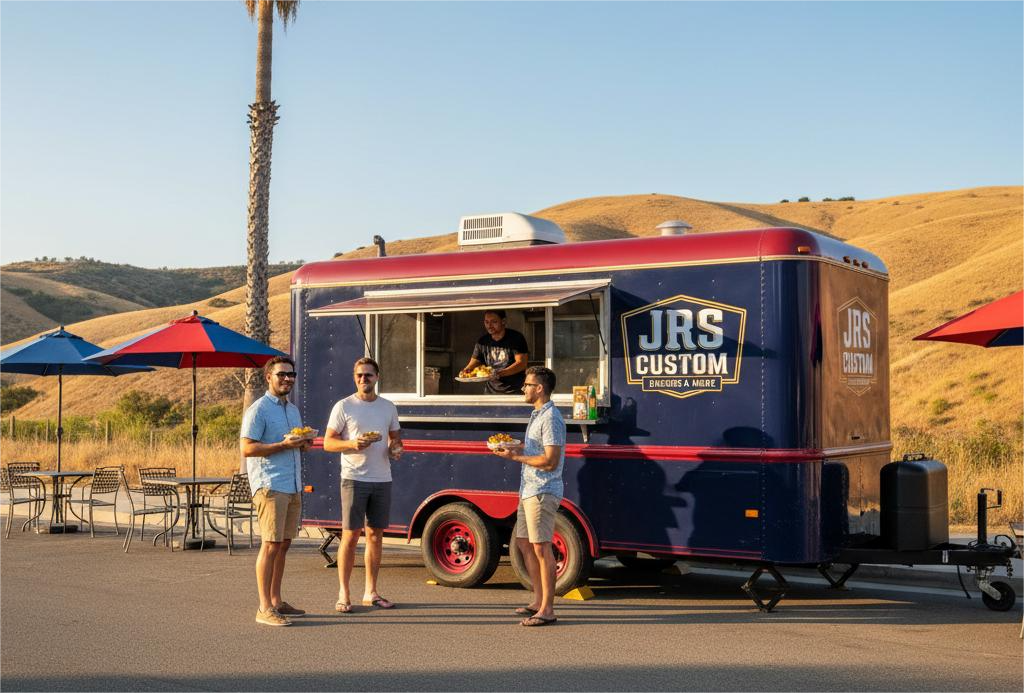
Launching a food truck in California is a real opportunity, but the details matter. Use this guide to build a compliant, efficient operation that can grow in the state’s largest markets.
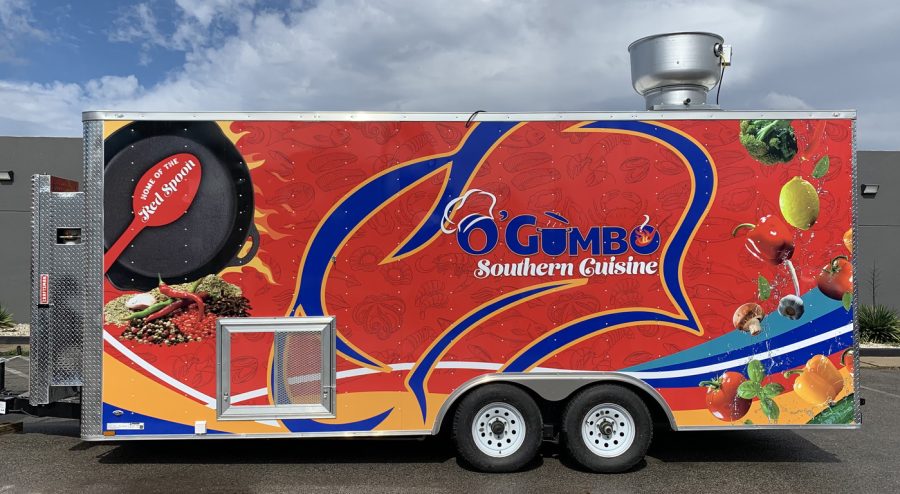
1) Start with a Build That Passes Code and Runs Efficiently
Quality and compliance are non-negotiable.
California regulates mobile kitchens under the California Retail Food Code and requires specific fire protections under California Fire Code Section 319. If your menu produces grease-laden vapors, expect hood and suppression requirements. Most operators also need a commissary agreement.
If you are still comparing builders, review actual layouts and ask how they engineer airflow, electrical load, and access for service. See how JRS approaches custom food trucks and custom food trailers that are designed to meet code from day one, then browse recent builds in the Gallery.
Pro tip: Ask potential food truck manufacturers for their track record and request food truck equipment layout examples. The difference between generic builds and a custom food truck designed for your business is enormous.
2) Know the Permits You Need in Your County or City
California adds local rules on top of state law. A few examples:
- Los Angeles County: New or remodeled mobile food facilities go through a plan check. Review the county’s Mobile Food Facility Plan Check page and the detailed Plan Check Guidelines.
- City of San Diego: Mobile food trucks on private property require a city permit. See the Mobile Food Truck Permit page and Information Bulletin IB-148 for when permits apply and what’s exempt.
- Riverside County: Health permits and inspections follow county procedures that align with CalCode. Check the Mobile Food Facilities resource for construction and inspection expectations.
- San Luis Obispo County example: Many counties require a current commissary letter each year. See SLO’s checklist that includes the commissary agreement.
JRS can scope your build to the jurisdiction where you plan to operate. If you want hands-on help in California, connect with the Irvine office.
Key takeaway: Confirm plan checks, local permits, parking rules, and commissary paperwork before you build.
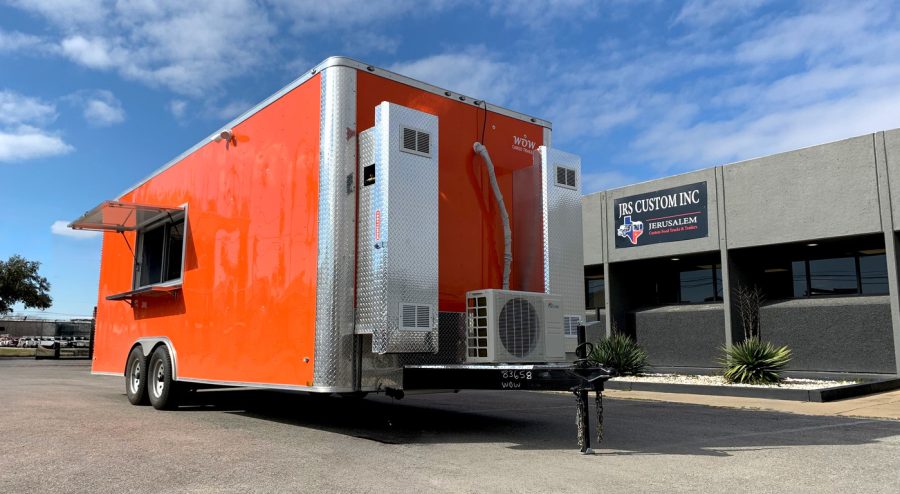
3) Keep Your Menu Focused and Operationally Tight
Your menu is more than food – it’s your brand identity. Trucks often fail because they offer too much, too little, or don’t adapt to local tastes. For example, a seafood-focused custom food trailer will thrive near California’s coast but may need fusion ideas to stand out in urban Los Angeles.
We recommend:
- Testing food truck menu ideas before launch.
- Offering seasonal specials to keep customers excited.
- Looking at food truck menu examples from competitors to find gaps.
Remember, California diners love originality. Fusion tacos, vegan bowls, and sustainable seafood are some of the hottest sellers.
4) Treat Location as a Weekly Strategy
A great truck in the wrong location won’t survive. Many entrepreneurs assume any busy street will do, but success comes from strategic placement. Research local events, festivals, and office hubs. Trucks with prime lunch-hour locations in downtown areas or near universities often outperform those in residential areas.
Track revenue by day and location. If a corner underperforms after a few tests, replace it.
5) Budget Like the Business Depends on It
Cash flow sinks many first-year trucks. Build a monthly plan for food cost, labor, fuel, insurance, commissary fees, permits, and maintenance, plus a repair reserve. For a practical framework, JRS outlines common line items and KPIs in Budgeting Tips for Long-Term Success.
Key takeaway: A weekly cash-flow review surfaces issues early.
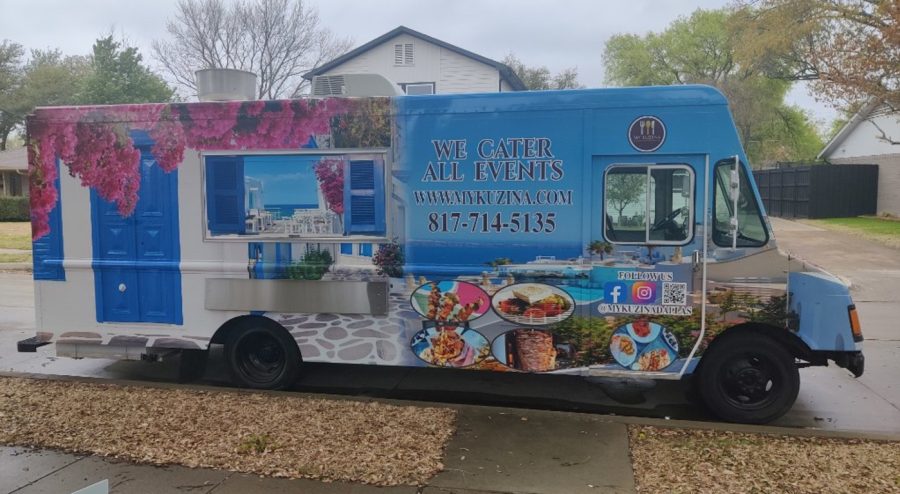
6) Make It Easy for Customers to Find and Trust You Online
In California’s competitive market, a solid online presence is a must. Many trucks fail because they don’t connect with customers digitally.
Keep hours, locations, and your daily menu updated on your Google Business Profile and social channels. Use short names for signature items so repeat customers can search for them.
Ask for reviews after service and link to a simple menu page. For exterior visibility, study practical branding ideas in JRS’s post on food truck wraps and branding and the broader guide on standing out with branding.
Use:
- Instagram to share daily specials.
- TikTok for behind-the-scenes content.
Key takeaway: Pair strong branding with a recognizable wrap design. Our team not only builds custom food trucks but also helps clients with exterior branding that makes your truck stand out.
7) Plan for Growth Without Losing Quality
The trucks that last measure ticket times, standardize prep, and train new staff well. When demand outgrows one unit, consider adding a trailer so you can cover events while the truck handles your best routes.
JRS delivers matched, code-ready builds nationwide and shares practical playbooks like How Do Top Food Truck Owners Stay Ahead? and What Makes a Food Truck Successful.
Key takeaway: Scale only when your process is repeatable.
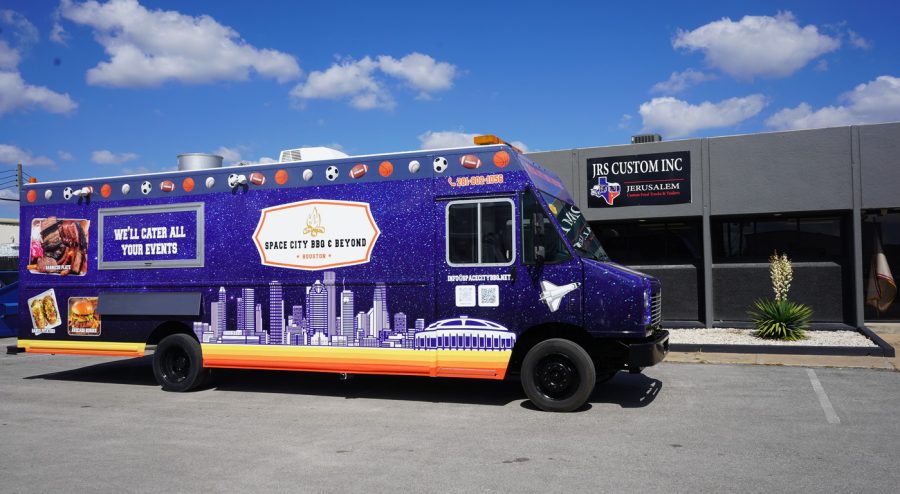
California Compliance Cheat Sheet
- Food safety baseline: California Retail Food Code (CalCode).
- Fire safety for mobile kitchens: California Fire Code, Section 319.
- Local examples: LA County Plan Check and San Diego Mobile Food Truck Permit.
Why Partner with JRS
JRS Custom Food Trucks & Trailers builds code-ready mobile kitchens and supports you beyond delivery. Explore recent builds in the Gallery, compare custom trucks and trailers, read operator tips on the Blog, or talk with the California office to scope your build.

 Proudly built in America
Proudly built in America